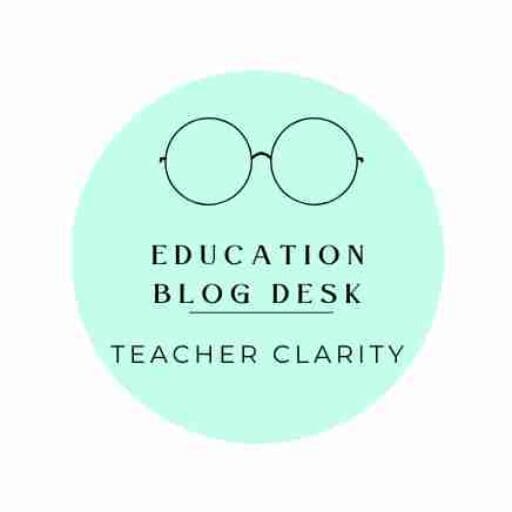Explore Project Idea with 5 Tips for Authentic Learning in PBL
Explore Project Idea To delve into a project concept, it’s important to cultivate your idea by identifying potential starting points, as mentioned in the book PBL in Elementary Grades. The information for project ideas is from the following in this…
